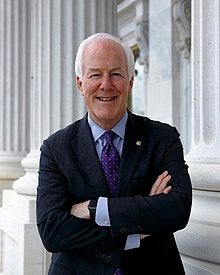Report: TX lags behind most states for child well-being
Published 3:17 pm Sunday, June 23, 2019

- AdobeStock More than 1.5 million Texas children live in poverty, despite the state's booming economy.
By Mark Richardson
Texas News Service
AUSTIN, Texas – Compared with other states, Texas remains in the bottom 10 for the well-being of its children, according to a new report.
The annual Kids Count Data Book from the Annie E. Casey Foundation uses 16 indicators to rank states in four areas: health, education, economic well-being, and family and community. For 2019, the report ranks Texas 41st in the nation for overall child well-being.
Frances Deviney, chief executive of the Center for Public Policy Priorities, said her organization fights an uphill battle against a lack of state funding for children’s issues.
“What we’ve seen over the last 30 years of this report being done is that Texas has consistently fallen, if not in the bottom third and most of the time in the bottom 10,” she said, “and for the most part, we continue to be in the bottom for children’s well-being across the country.”
The report ranks Texas 39th in terms of economic well-being, with 1.5 million children living in poverty. It’s ranked 30th in education, based in part on a low high-school graduation rate; 47th in the category of “family and community,” for a lack of policies that support children and families; and 39th in health, for having one of the highest rates of uninsured children in the country.
Deviney said the report points to a few small but significant bright spots for Texas kids.
“We’ve actually seen a big decline in the poverty rate, particularly over the last 10 years,” she said. “It used to be one of every four kids lived in poverty; now, it’s one of every five. It’s still 1.5 million kids living in families who are struggling to make ends meet, but it’s moving in the right direction.”
Leslie Boissiere, the Casey Foundation’s vice president for external affairs, said lawmakers need to provide the tools proven to help families lift themselves up economically. She said federal and state earned-income tax credits and child tax-credit programs allow working parents to devote more take-home pay to meet their children’s needs.
“Last year alone, 6 million people benefited from the credit,” she said. “It’s a proven program that allows families to have more access to the wages that they earn, and that allows them to provide more for their children.”
Boissiere said it’s also important to get an accurate census count in 2020. She said 55 major federal programs allocate more than $880 billion a year based on census data.




